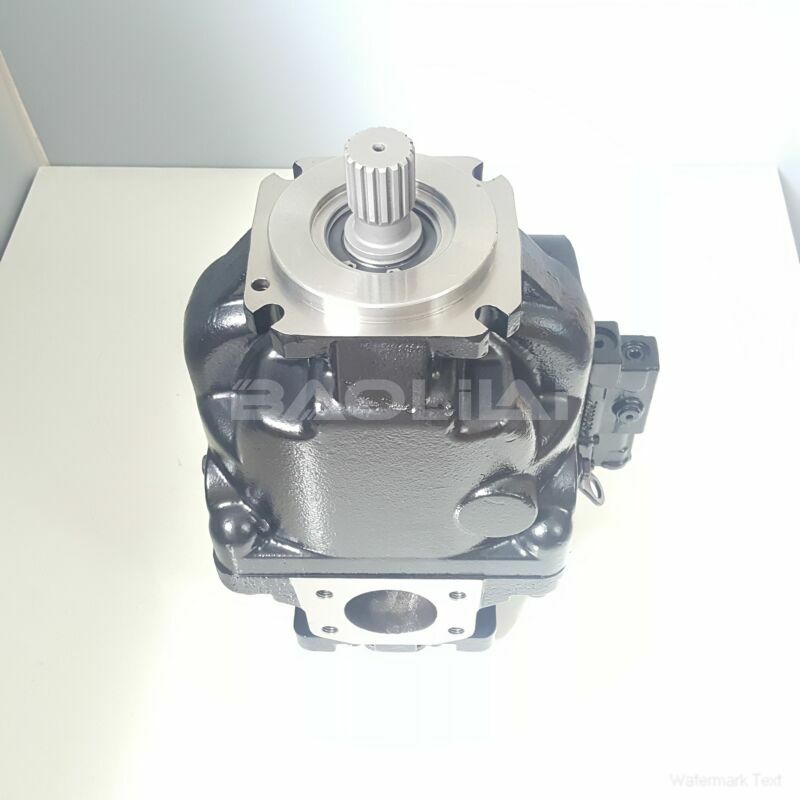ERL100BLS2125NNN3K5CPA1NAAANNNNNN danfoss pump
ERL100BLS2125NNN3K5CPA1NAAANNNNNN danfoss pump

- Product Details
- Applicable Scene
Hydraulic pumps are critical components in heavy machinery, providing the necessary force to operate various functions and equipment. However, pump failures can lead to significant downtime, costly repairs, and compromised safety. Understanding the common causes of hydraulic pump failures and implementing preventive measures is essential for maintaining the reliability and efficiency of hydraulic systems. Here are several strategies to prevent hydraulic pump failures.
ER-L-100B-LS-21-25-NN-N-3-K5CP-A1N-AAA-NNN-NNN
ERL100BLS2125NNN3K5CPA1NAAANNNNNN
One of the primary reasons for hydraulic pump failures is contamination. Dust, dirt, and other foreign particles can infiltrate the hydraulic fluid, causing wear and tear on the pump components. To prevent this, it’s crucial to maintain a clean environment around the hydraulic system. Regularly replacing filters and using high-quality hydraulic fluids can significantly reduce the risk of contamination. Additionally, implementing an effective filtration system can help remove impurities before they enter the pump.

80002013
Another critical factor is proper fluid management. Hydraulic fluid should be maintained at the correct temperature and viscosity to ensure optimal performance. Operating in extreme temperatures can lead to fluid breakdown, which decreases lubrication and increases the risk of pump failure. Regular monitoring of fluid levels and quality, as well as implementing systems to manage temperature, can help prevent these issues.
Furthermore, regular maintenance and inspection of the hydraulic system play a vital role in preventing pump failures. Schedule routine check-ups to assess the condition of the pump, hoses, fittings, and other components. Look for signs of wear, leaks, or abnormal noise during operation. Early detection of issues can prevent more severe problems and extend the life of the hydraulic pump.





